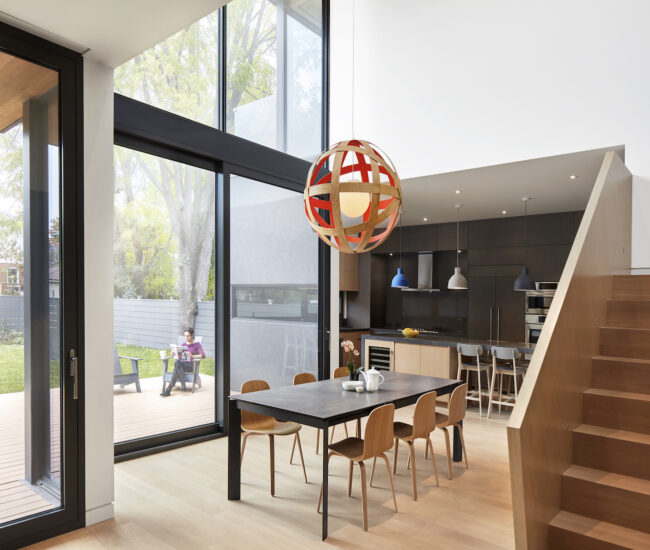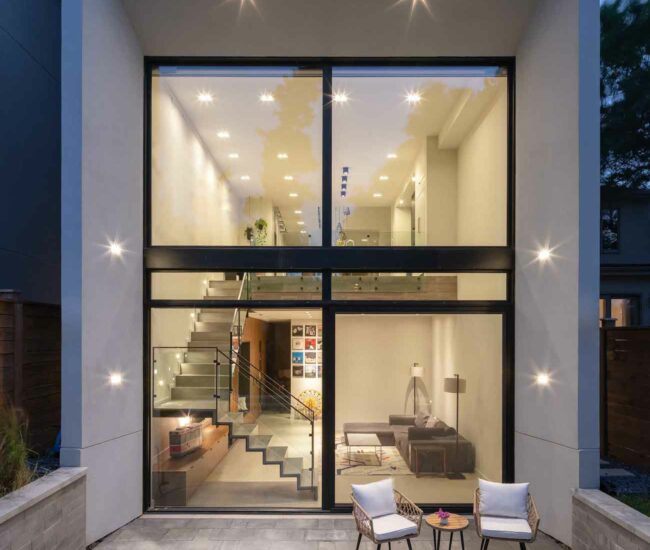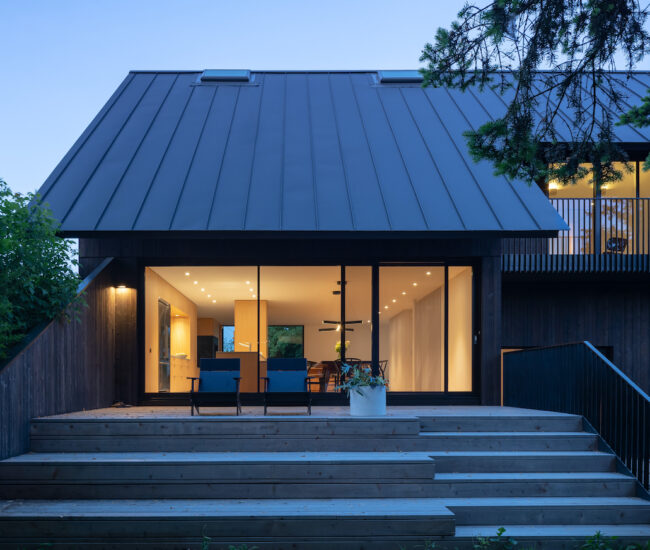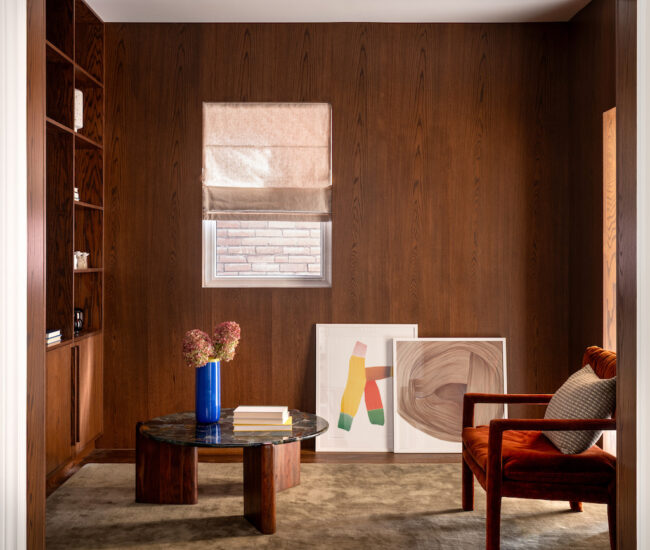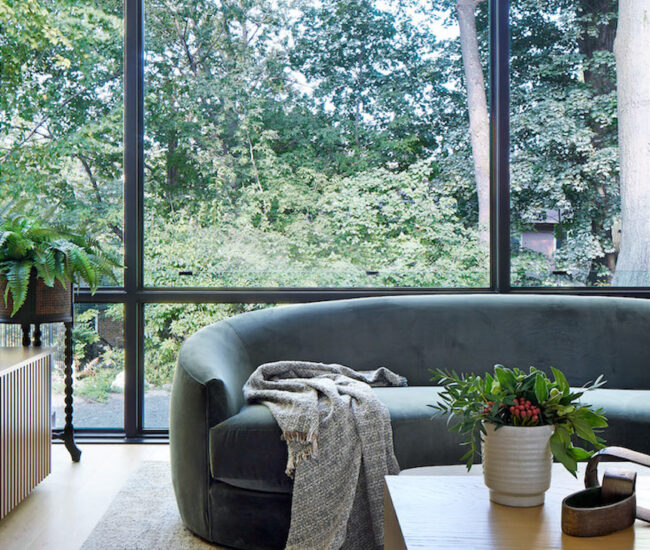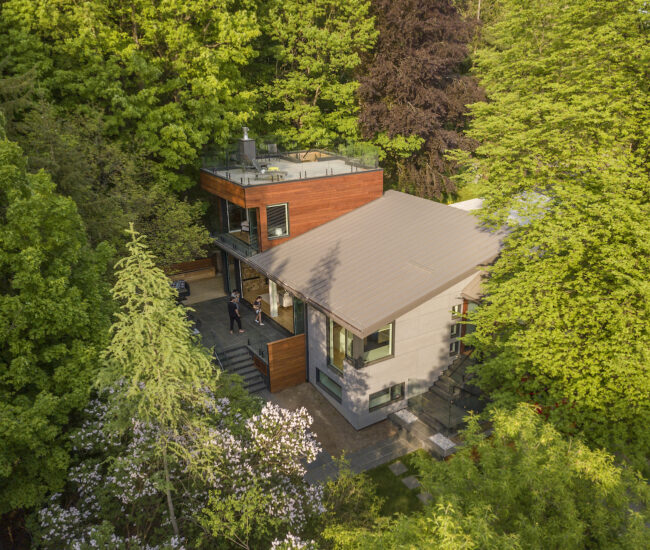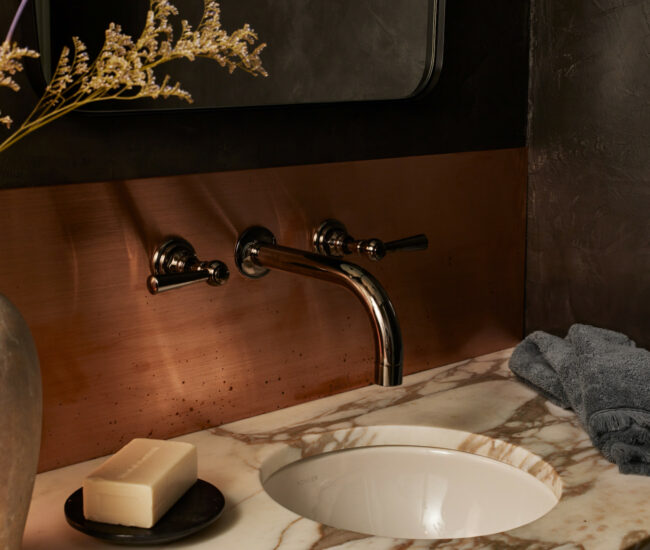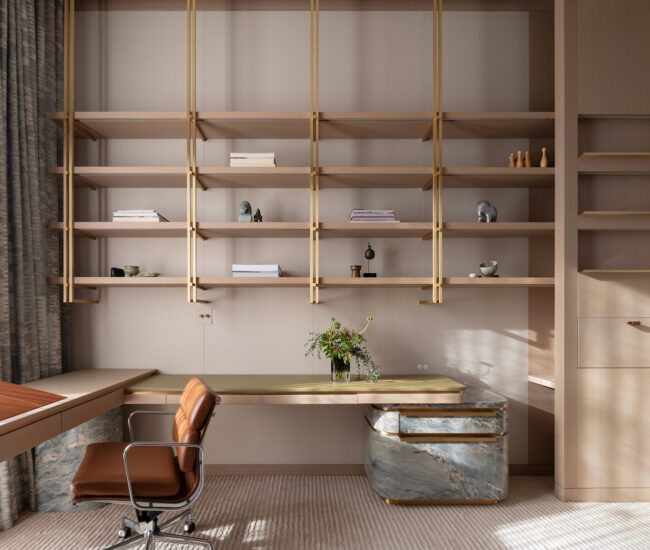In Praise of Small Spaces

Advice from the pros on how to make the most of a little less
As I’ve mentioned before, I am, dear readers, a small-space dweller. Have been for a long time, and probably always will be. There are socio-economic reasons for this, of course, but I also now know that it suits me. That took some time to learn, what with family and friends regarding my space with sympathy, and hard-to-shake “more is more” and “keeping up with the Joneses” thinking. Indeed, those of us with less than 1,000 square feet could use some encouragement, so I’ve polled the three architects featured in this issue for advice. They not only design small spaces but live in them, too.

“The obvious benefits of small-space living,” says Tim Mitanidis, who resolved a client’s loft in the Junction, “are mostly centred around supporting a more sustainable way of urban living. Small-space living provides a counterpoint to more traditional housing models that have produced a society grappling with the negative repercussions of excess.” Peter McNeil (see his split-level here) has practical gains to share: “Building a small house helped us keep material costs down, allowing us to splurge on some higher-end finishes, like wide-plank wood floors and marble tile.”

McNeil continues, “With limited space, being organized is most important. It helps to take a ‘less is more’ approach and be selective about the things you purchase and bring into your home.” Johnson Chou – who lives in a small space himself – agrees, adding, “Think high, as in finding spaces that are unusually tall; think low, as in furniture and fixtures.”

“A lot of simple yet effective ideas can be found on the Internet and in design magazines,” says Mitanidis, whose young family lives in a modest home. “But if you want to undertake a more substantive makeover, contact someone who can lean on years of experience to help you find the right solutions, including those that you might not have considered possible.” But when you should call in a pro? “When the space doesn’t inspire you,” Chou says. McNeil concurs: “The earlier the better. Architects and designers have the experience and knowledge to ensure that potential is realized, no matter the size.” After all, as Mitanidis says, “Living in a small space does not mean a forfeiture of fulfillment. A well-considered plan and quality interventions can inspire your day-to-day living in ways a larger, empty void cannot.”
All sound advice that – with a few cosmetic changes to come – is more than enough to keep me happy in my own wee home. We’d love to hear from you, fellow small-space dwellers.

